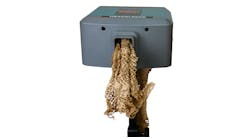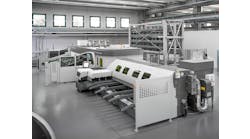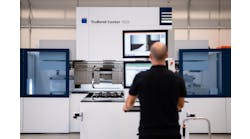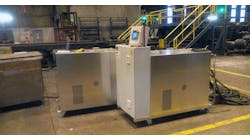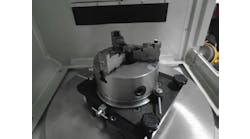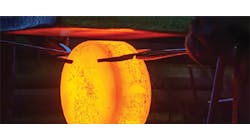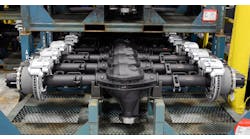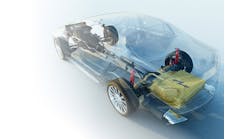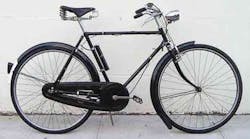A similar process was developed by a Japanese firm for forging scrolls for compressors for off-highway equipment, and for some automotive applications. They forged from both cast preforms and cast round billet. The high-silicon, wear-resistant alloys that were used are tough on forging dies that have not been ion-nitrided.
The other process that I am aware of is one that is being developed by Wagstaff Corp., which pioneered continuous casting of bar and billet for aluminum alloys. The company has been developing the process of casting profiles for re-forging into complex shapes to save in flash metal losses.
For more than 40 years H. James Henning held key technical positions in the forging industry, including as director of technology for the Forging Industry Association, and as president of Henning Education Services, a Columbus, OH, firm specializing in customized education and training in forging technologies.
Guidelines and recommendations offered in this column are based on information believed to be reliable and are supplied in good faith but without guarantee. Operational conditions that exist in individual plants and facilities vary widely. Users of this information should adapt it, and always exercise independent discretion in establishing plant or facility operating practice.
